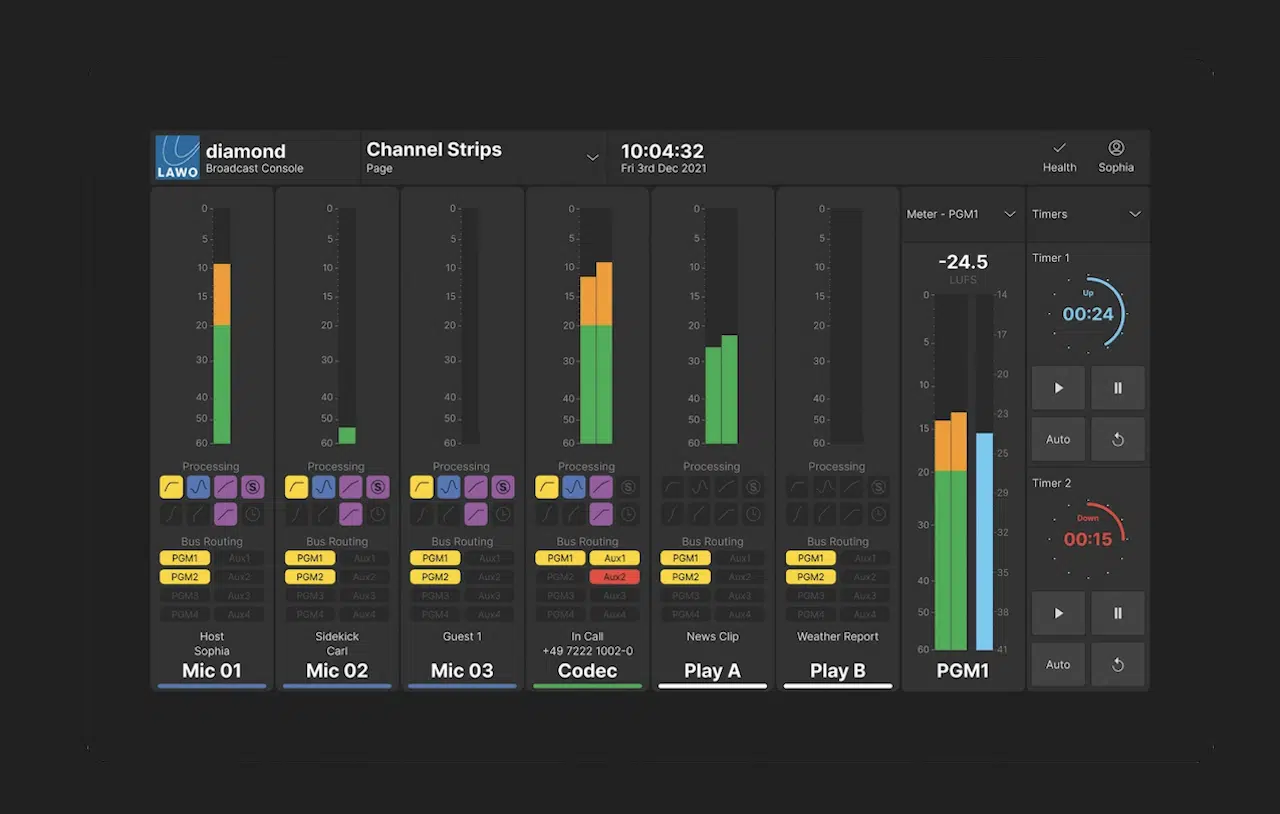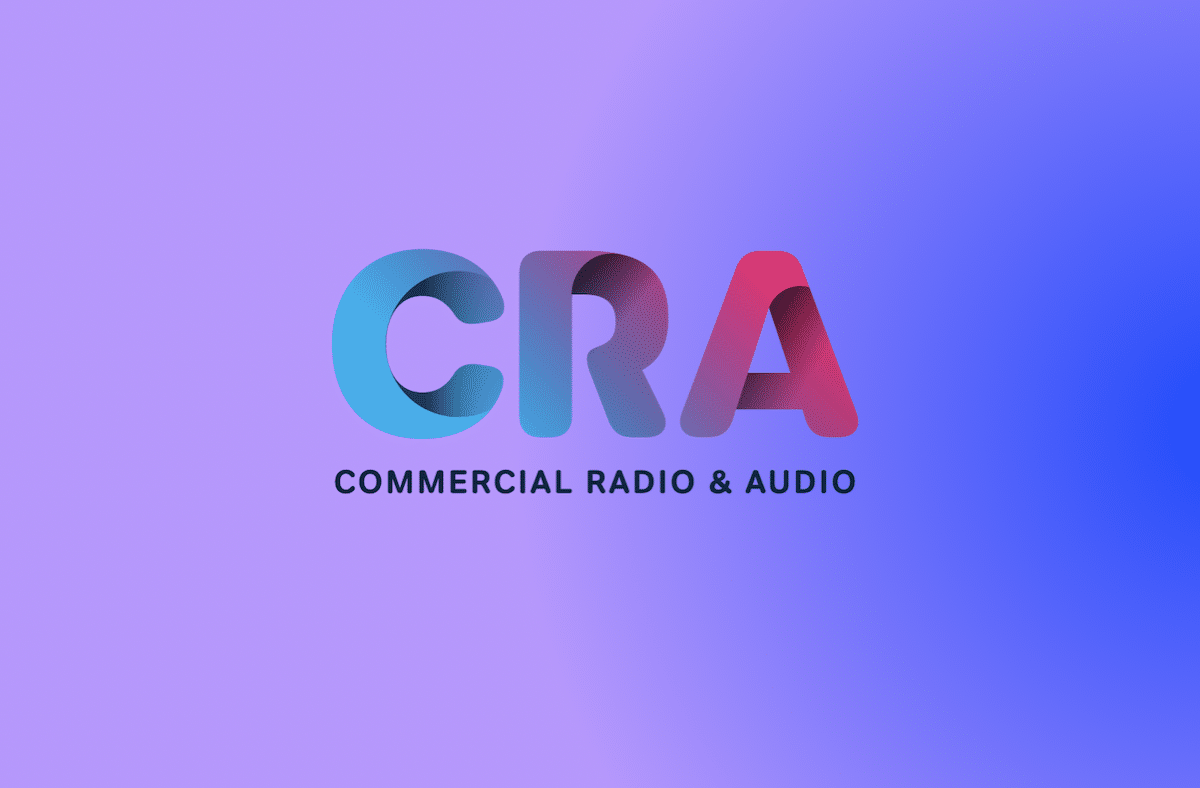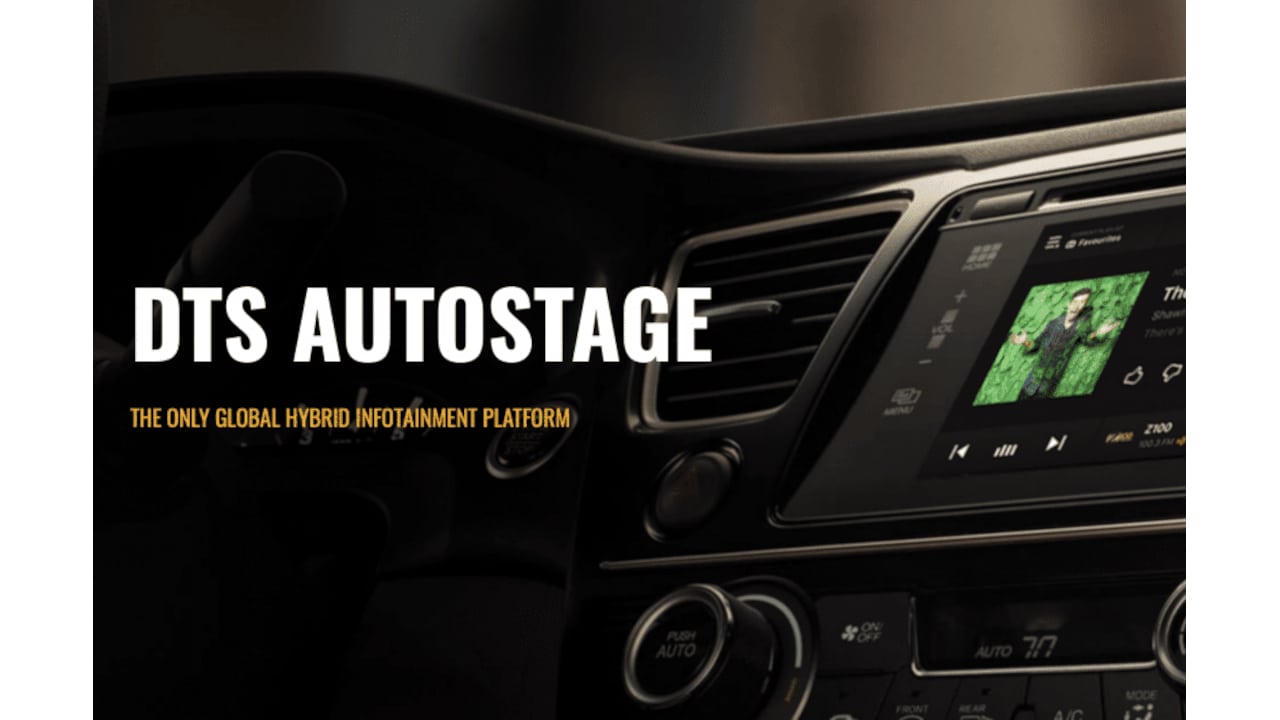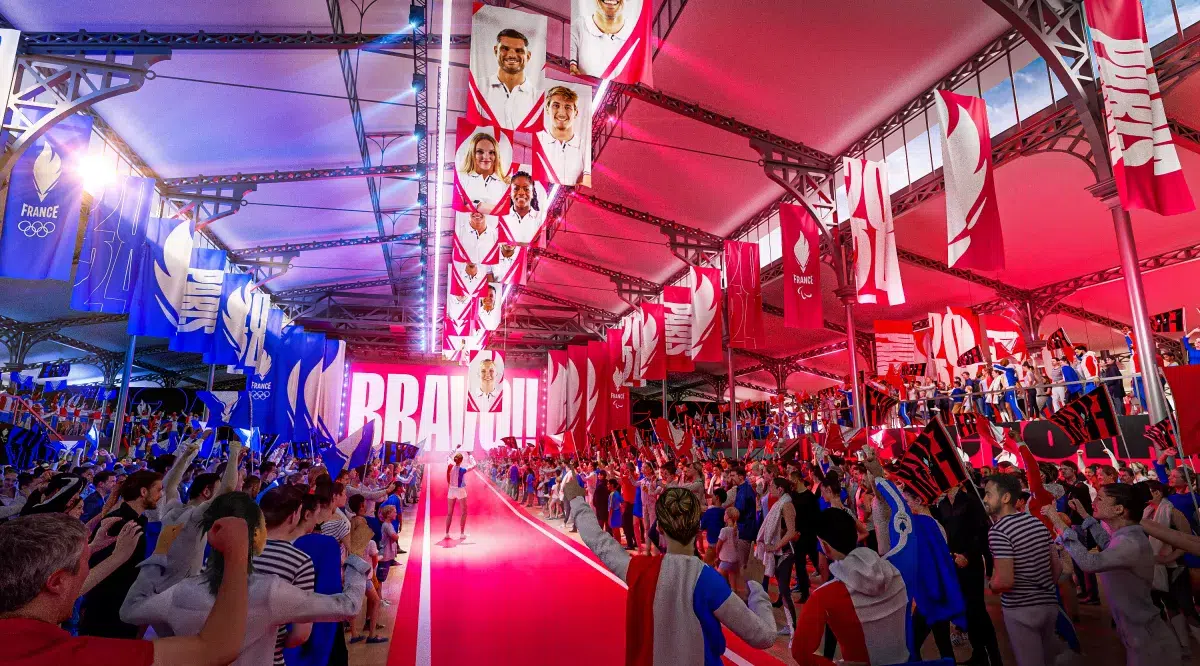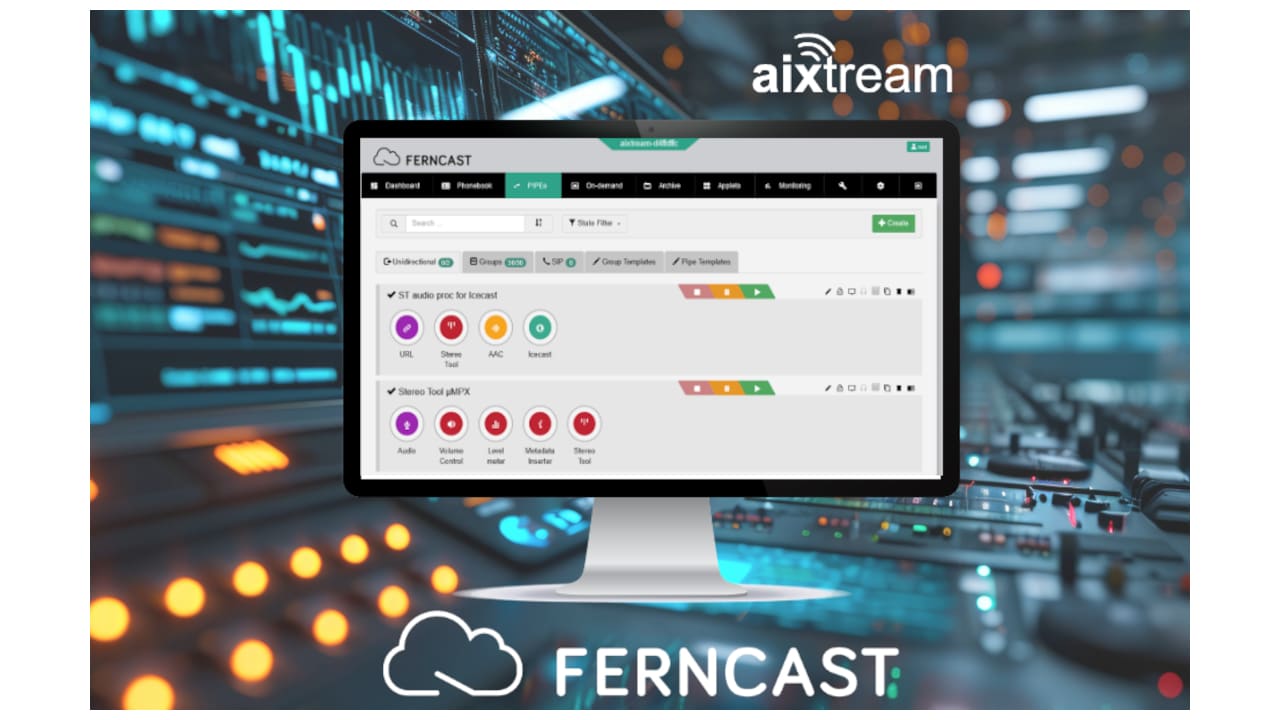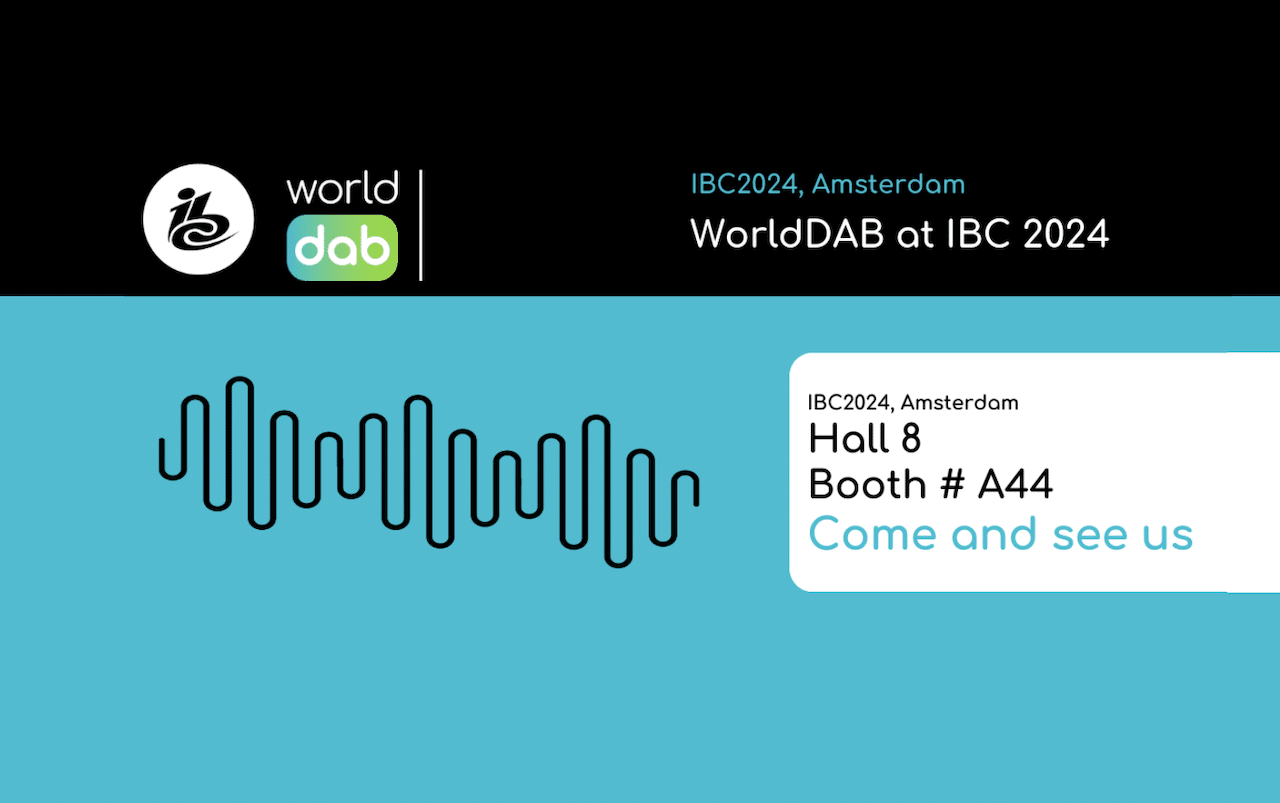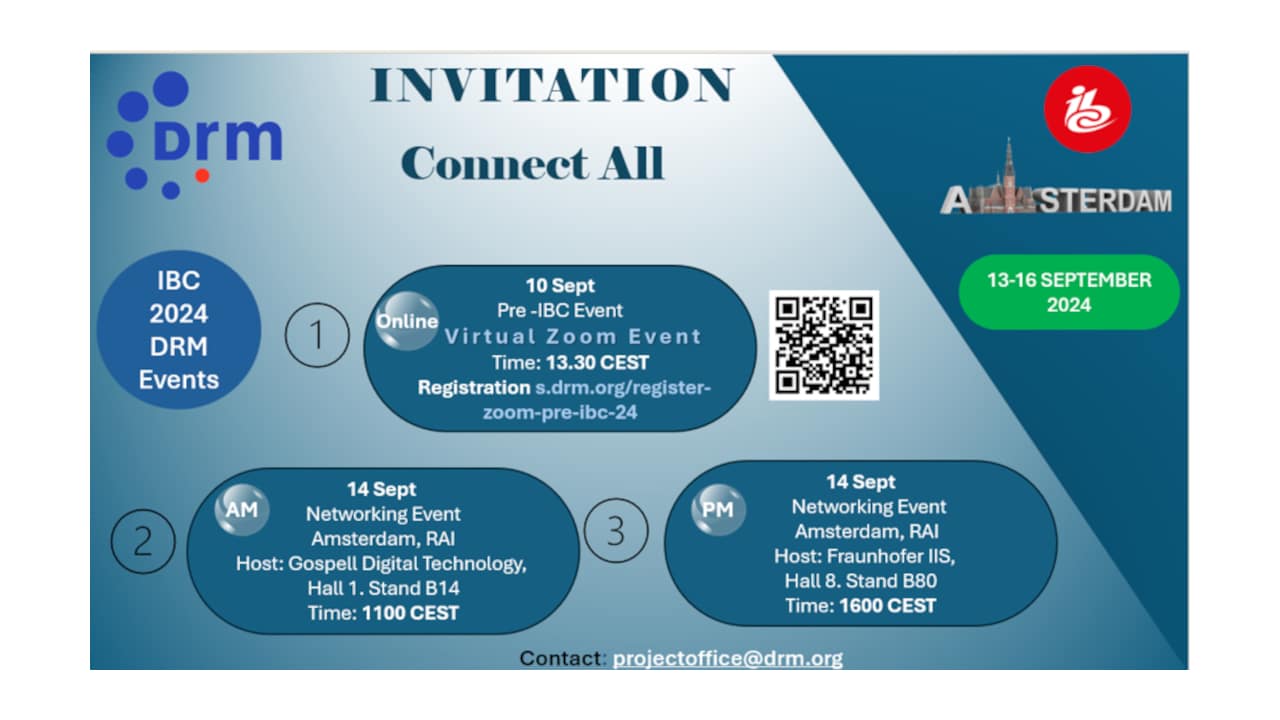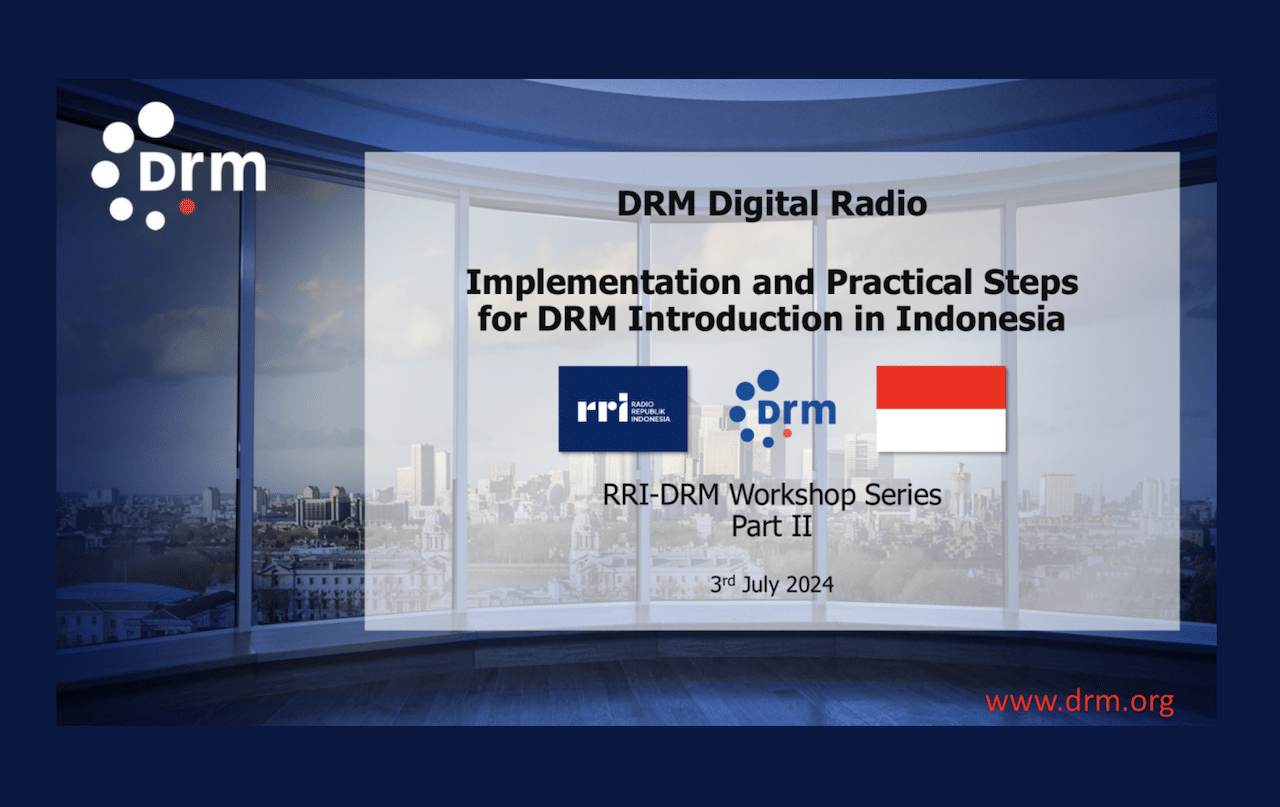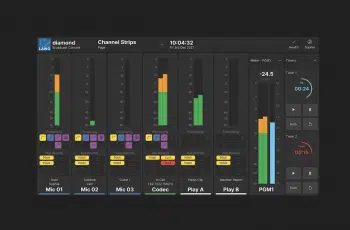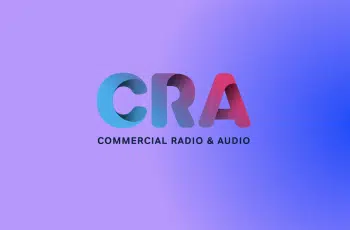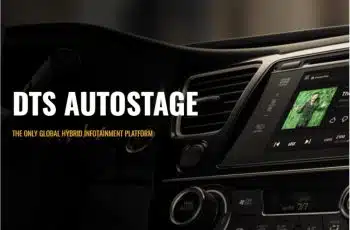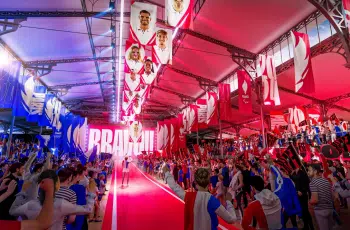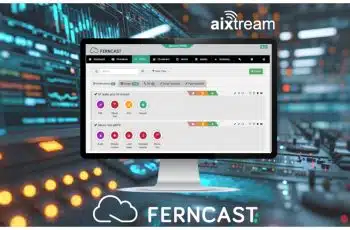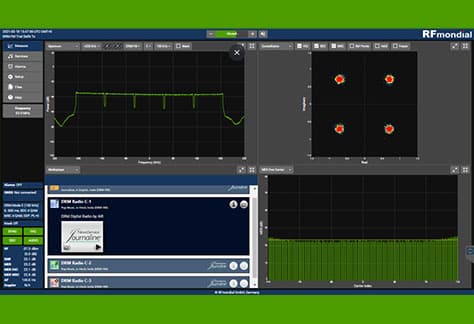
DRM consortium reported a successful demonstration and trial of the DRM digital radio standard in the FM band (VHF band-II) in New Delhi and Jaipur. The DRM India trial ran from Feb. 24 to Mar. 22, and was conducted by Prasar Bharati (All India Radio).

The trial in Delhi consisted of transmitting a single DRM signal, multiple pure digital DRM signals side-by-side from the same transmitter (“multi-DRM” configuration) and also using DRM’s simulcast option by putting on air both an analog FM and a digital DRM signal from a single transmitter.
According to the consortium, the results prove DRM’s economic potential when it comes to frequency and equipment upgrades: A single FM-band transmitter with a bandwidth of 600 kHz can transmit six independent DRM signals (blocks) carrying up to 24 DRM services, e.g. 18 audio and six multimedia services. These can represent up to six independent broadcasters who remain in full control over their individual content and signal configuration.

In Jaipur, the DRM consortium used a separate antenna on the same tower to show how multi-DRM configurations with four and five DRM blocks (each capable of carrying up to three audio services and one multimedia service like Journaline), can use the white-spaces in between two existing analog FM services without affecting the reception of those ongoing FM services.
The consortium points out that DRM services can be broadcast from the same common technical platform in use today, housing multiple FM transmitters with a shared site and antenna. However, DRM takes this concept a step further by also turning the FM-band transmitter itself into a shared resource. This approach, the group says, works for the quick introduction of digital services in the FM band without affecting the existing analog services, minimizes the one-time equipment investment for broadcasters and saves in power cost. It also opens the door, for example, for public broadcasters to provide many regional services across the country from local transmitter sites by installing a single FM-band transmitter.
Equipment
Key Indian and international companies who support to the trial included: Fraunhofer IIS, Nautel, NXP, RFmondial, Technomedia, BECIL and the DRM Indian Platform, along with various receiver manufacturers and automotive Tier-1s.
The DRM receivers in operation during the trial all supported DRM in both AM and FM bands. They comprised car receivers (line-fit and customer installed receiver upgrades), DRM reception on mobile phones and tablets, portable and desktop radios, as well as professional monitoring receivers.

For the car receiver portion, the trial was supported by companies like Mobis (Hyundai demo car), Harman (Maruti-Suzuki demo car), Starwaves’ “India CarBox Radio” (customer installed car radio upgrade solution) and the whole DRM Automotive India Group.
The DRM Automotive India Group, a recently launched industry representation body to help with the DRM roll-out, has requested Prasar Bharati, All India Radio and the government to support DRM in-car radios for both AM and FM band services. The group says DRM is positioned to quickly roll-out FM-band support by building on the over 2.5 million cars already deployed in India with DRM-fitted receivers. The upgrade of existing car receivers to support DRM in FM band is a firmware upgrade without requiring redesigns or hardware changes.
The Fraunhofer DRM MultimediaPlayer Radio App was used to test DRM reception on off-the-shelf Android phones. DRM made the point that existing phone owners can upgrade their devices without the need to buy new models by attaching an external off-the-shelf dongle. The same dongle can also be used with tablets, laptops and desktop PCs to receive radio services, in all broadcast bands, not only in analog but also in DRM digital. The consortium notes that, as for the cars, mobile phones that support analog FM reception can support DRM though a firmware upgrade, and doesn’t require extra hardware or equipment redesigns.
In both Delhi and Jaipur, a variety of portable and mobile DRM receivers checked the performance of DRM in all configurations and a variety of distances from the transmitter. The broad variety of receiver types included a range of models of the Gospell 216 and the GR-22x series, the Starwaves DRM Stereo Radio Receiver W293, as well as multiple RFmondial RF-SE professional monitoring receivers.
In summary
“Today, DRM has been adopted in India for successfully digitizing the AM bands,” stated the DRM consortium. The group affirms that “extending the same global, open, non-proprietary DRM standard to the FM-band will not only save manufacturers enormous cost (as there is NO additional IP royalties) and lead to more affordable receivers for India, It will also create new revenue opportunities for commercial broadcasters, thanks to the option for multiple audio programs and the Journaline advanced and interactive text feature.
“DRM in the FM band will also bring significant distribution and energy cost savings for better coverage, given that a single DRM transmitter can broadcast the DRM signals of multiple broadcasters and thus become a part of the cost-shared CTI infrastructure. In addition, DRM proved it can be introduced in the otherwise unusable frequency gaps between existing analog FM services, while not affecting those FM services or their coverage at all,” concluded the organization.



